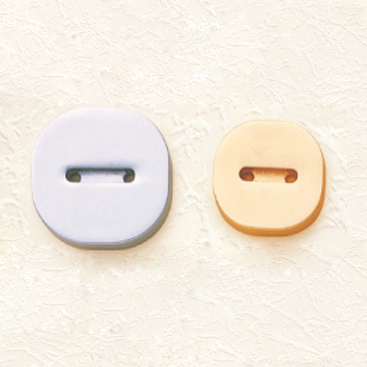Sewing a four-hole button by hand
How to Sew a Four-Hole Button By Hand: A Comprehensive Guide
Sewing a four-hole button by hand is a valuable skill that combines practicality with versatility. The four-hole button, characterized by its four perforations, offers a secure and stable attachment, making it suitable for various fabrics and applications. Here’s a step-by-step guide on how to sew a four-hole button and how it compares with two-hole buttons in different scenarios.
Step-by-Step Guide to Hand-Sewing a Four-Hole Button
Gather Your Materials: You will need a needle, thread that matches or complements your fabric, a pair of scissors, and a four-hole button.
Prepare Your Thread: Cut a length of thread about 18 inches long. Thread it through the needle and tie a knot at the end.
Position the Button: Place the button on the fabric where you want it to be attached. Ensure it is centered and aligned correctly.
Start Sewing: Insert the needle from the back of the fabric through one of the button’s holes. Pull the thread through until the knot catches on the fabric.
Sew in a Criss-Cross Pattern: Move the needle to the opposite hole (diagonally across) and pull the thread through. Repeat this process with the remaining holes, creating a criss-cross pattern. This method ensures a strong and even attachment.
Create a Shank (Optional): For added durability and to provide some space between the button and the fabric, sew a few stitches between the button and the fabric, wrapping the thread around these stitches to form a small loop.
Finish Up: Once the button is securely attached, pass the needle to the back of the fabric and tie a knot. Trim any excess thread.
Applications of Two-Hole vs. Four-Hole Buttons
Four-Hole Buttons:
Shirts: Four-hole buttons are commonly used on dress shirts and blouses where a stronger, more secure attachment is needed. The criss-cross stitching pattern enhances durability, making it suitable for everyday wear.
Jackets: These buttons are ideal for jackets, providing extra stability and resistance to the rigors of frequent use. Their secure fit ensures that the button stays in place even under strain.
Coats: In coats, four-hole buttons are favored for their robustness. They handle the additional stress of outerwear effectively and maintain their functionality over time.
Craft Projects: Four-hole buttons are also popular in craft projects and sewing patterns that require a sturdy and versatile fastening solution.
Two-Hole Buttons:
Casual Shirts: Two-hole buttons are often used in casual shirts and blouses where simplicity and ease of use are preferred. Their straightforward design is adequate for less demanding applications.
Lightweight Jackets: For lighter jackets, two-hole buttons offer a clean and functional closure without adding bulk. They provide a reliable fastening solution for less heavy-duty garments.
Coats and Outerwear: While less common in heavy outerwear, two-hole buttons can still be used in less demanding coats or as decorative elements where a simpler design is acceptable.
Accessories and Crafts: Two-hole buttons are frequently used in accessories such as bags and various crafts where a practical and aesthetic fastening option is needed.
Both two-hole and four-hole buttons have their specific advantages depending on the application. Four-hole buttons are ideal for garments that require extra durability and stability, such as shirts, jackets, and coats. In contrast, two-hole buttons are well-suited for lighter fabrics and more decorative uses. Choosing the right button type based on your project ensures a secure and stylish finish.




